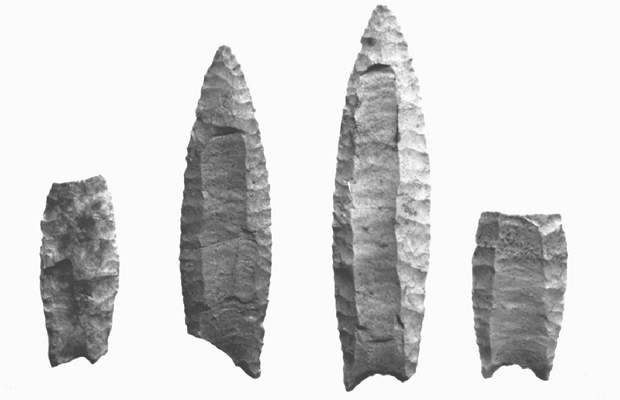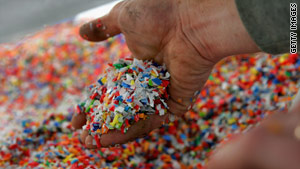
© (NASA/PA)Mars, as seen by the Hubble Space Telescope
Nasa scientists have produced the most compelling evidence yet that bacterial life exists on Mars.
It showed that microscopic worm-like structures found in a Martian meteorite that hit the Earth 13,000 years ago are almost certainly fossilised bacteria. The so-called bio-morphs are embedded beneath the surface layers of the rock, suggesting that they were already present when the meteorite arrived, rather than being the result of subsequent contamination by Earthly bacteria.
"This is very strong evidence of life on Mars," said David Mackay, a senior scientist at the Nasa Johnson Space Centre , who was part of the team of scientists that originally investigated the meteorite when it was discovered in 1984.
In a 1996 study of the sample, Dr Mackay and others argued that the microfossils were evidence of life, but sceptics dismissed the claims, saying that similar-shaped structures might not be biological. The new analyses, the product of high resolution electron microscopy, make a strong case for the Allan Hills 84001 Meteorite having carried Martian life to Earth.
The microscopes were focused on tiny magnetite crystals present in the surface layers of the meteorite, which have the form of simple bacteria. Some argued that these could be the result of a carbonate breaking down in the heat of the impact.











